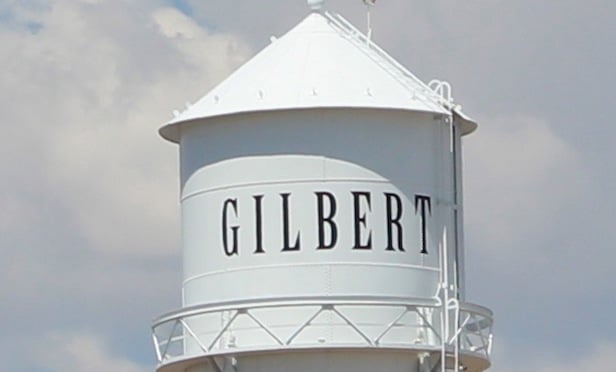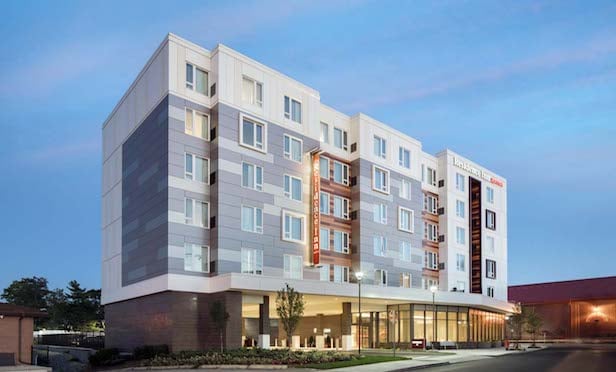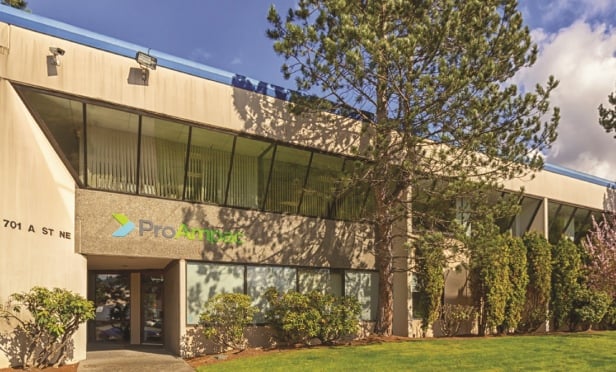NEW YORK CITY—Maybe the uncertainty that seemed to permeate 2012 wasn't all that pervasive after all. Investment sales posted gains throughout the year, in figures just released by Real Capital Analytics, with November alone showing a 40% hike year over year. November volume hit $19.5 billion, bringing the year-to-date total to $225 billion.
What's more, with December not yet officially tallied, RCA expects 2012 to show a slight increase over 2011's activity, which the data firm put at $229 billion. “With the expected surge in December, full-year 2012 volume should reach $260 billion,” the firm projected. All in all, it's a good if not stellar way to kick into the new year.
But an anomaly remains, in that this will be the first year in more than a decade, according to RCA, when multifamily will replace office as the top investment sector. No surprise there, really, given the bulletproof stability of the apartment market and the office sector's entrenched status as poster child for the recession. Multifamily logged $75 billion in sales volume this year.
“While apartments and CBD office have greatly outpaced the other property types in their recovery,” the report states, “the evidence at year-end indicates that 2013 will be the year the rest of the property types start to catch up. The same holds true for geographic markets as even the hardest hit secondary and tertiary markets have recently started to rebound while transaction activity and price appreciation in many, but not all, major markets has moderated. Thus, 2013 may be characterized by broader, though probably not steeper, improvements across the property investment markets.”
What does this all boil down to? Proof of solidity. Sandy Paul, national research director for Delta Associates, writing in the most recent Transwestern Insights & Opportunities, explains: “Continued growth in direct investment in commercial real estate reflects the value of hard assets in uncertain times. While stock market volatility is near a five-year low, enthusiasm for stock, and therefore prices, is flat.”
Given the lackluster yields of securities, Paul argues, betters want a winning horse, and that nag is commercial real estate. “Investors are looking to place capital in assets that are income-producing and have the benefit of tangible value,” he says. “Investors also may be concerned about potential volatility ahead, such as was seen during the October 2008 financial crisis and the August 2011 downgrading of US debt. Domestic commercial real estate benefits from its traditional status as a safe haven during periods of uncertainty.”
Even with the Fiscal Cliff deadline behind us, given the overarching mess that is our fiscal infrastructure, there will still be plenty of uncertainty to go around.
The question going forward will be if CRE can continue to be enough of a safe haven to overcome investor fears. Time will tell.
© 2025 ALM Global, LLC, All Rights Reserved. Request academic re-use from www.copyright.com. All other uses, submit a request to [email protected]. For more information visit Asset & Logo Licensing.








